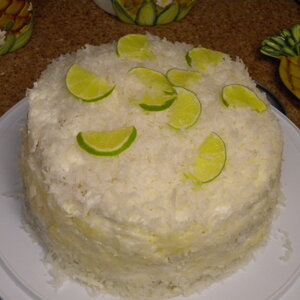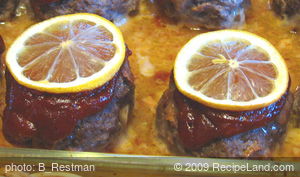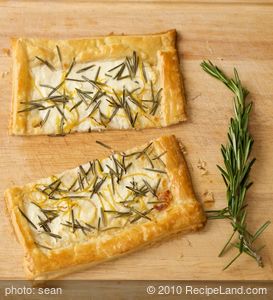We use lemon all the time, of course not just because it looks cute, also it enhances flavor of our dish. We use the whole lemon to make these delicious pickles, from the peel to the juice.
YIELD
36 servingsPREP
10 minCOOK
0 minREADY
28 daysIngredients
Directions
Scrub 5 organic lemons, enough to fit snugly in a medium jar with a tight-fitting lid (have 2 to 4 more ready on the side).
Slice each lemon from the top to within ½ inch of the bottom, almost cutting them into quarters but leaving them attached at one end.
Rub kosher salt over the cut surfaces, then reshape the fruit.
Cover the bottom of the jar with more kosher salt.
Fit all the cut lemons in, breaking them apart if necessary.
Sprinkle salt on each layer.
Press the lemons down to release their juices.
Add to the jar 1 heaping teaspoon black peppercorns and 2 bay leaves, then squeeze the additional lemons into the jar until juice covers everything.
Close the jar and let ripen at cool room temperature, shaking the jar every day for 3 to 4 weeks, or until the rinds are tender to the bite.
Then store it in the refrigerator.
To use, remove a piece of lemon and rinse it. (Add more fresh lemons to the brine as you use them up.)
The minced rind is added at the very end of cooking or used raw; the pulp can be added to a simmering pot.
It can served with carrots, olives, potatoes. The lemony brine is also excellent in a bloody mary.
Comments



